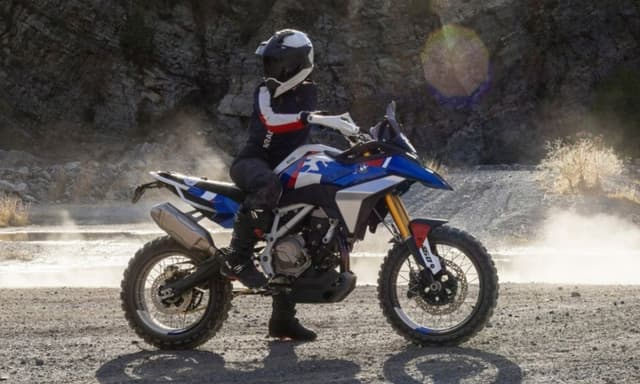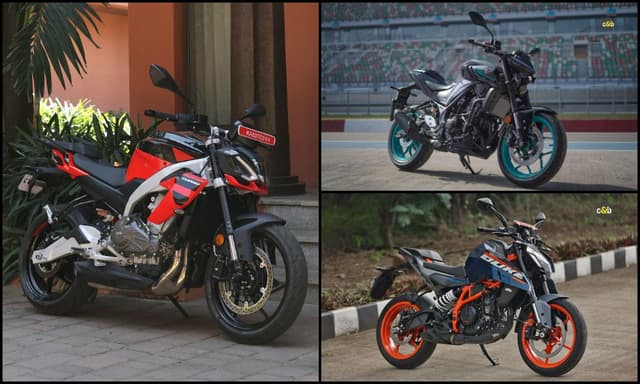Guide To Choosing Your Perfect Riding Jacket

Highlights
Right Size:
It is very important to buy the right size in a riding jacket. One should always finalize on the size by considering the shoulder fit of the jacket. If the shoulders of the jacket feel like pressing on your shoulder, go for a size bigger, if the jacket fits as if it is hanging from your shoulder, take a size smaller. Once you finalize on the size according to your shoulder width, you can go ahead and browse through the variety of fits available.
Right Fit:
A correct size isn't the only thing you need to get the perfect fitting jacket for you. The size is only an indication of the shoulder width. How the jacket hugs your body is totally dependent on the fitment of the jacket. A typical riding jacket comes in street fit and touring fit. A street fit ensures that the jacket is delivering a tight body-hugging fit, suitable for short rides. A touring fit jacket is typically longer than a street fit one and has a comparatively loose fit which enables the user to wear it for longer durations while touring.

Photo Credit: www.revzilla.com
Impact Protection:
The most important reason for buying a riding jacket is its impact protection during accidents. Nearly all the riding jackets come with CE level 2 impact protectors in the shoulders and elbows. You can also opt for jackets that give you CE level 2 protection for the back as well. The most important thing while checking the fit of your impact protectors is to try moving them around after you've worn the jacket. You must make sure they stay at their dedicated place however hard you try to move them and also check if the impact protectors are not hurting you by pressing up against your body.

Photo Credit: in.pinterest.com
Material:
Based on your budget and usage, riding jackets generally come in three types of materials. The lower range jackets are made up of a non-woven mesh. These jackets have a textile fabric lining holding the mesh together and they are generally water resistant, but not much resistant to rips and tears. If you wish to go a level up the material ladder, you can choose a textile fabric jacket. These jackets give good rip and tear resistance but lack in the department of water resistance and cannot be used in rain without a rain liner. The third, most expensive material option is leather. These ones are the most expensive jackets available in the market.
Breathability:
One important factor of consideration while choosing a riding jacket is its ventilation. This is particularly important in a warm weather country like India. Any jacket's ventilation is mainly dependent on its material and vent pockets. Given its lack of micro gaps, which is a virtue of woven fabrics, the mesh type jacket fabric is the worst when it comes to breathability. These jackets are completely dependent upon vent pockets for air circulation. Yet another type of jackets relying completely on ventilation pockets is leather riding jackets. Though these jackets are the most expensive ones, they have the worst breathability of all the materials. A textile fabric jacket is the most breathable material of the three and hence, does not require vent pockets during dry rides without rain liners. With rain liners installed, the major challenge before air pockets is to provide air circulation while maintaining water resistance.

Photo Credit: gthouse.shop
Riding jackets aren't exactly cheap. But a well fitted and well-made riding jacket is absolutely worth all the protection it can give you. So keep the above mentioned factors in mind the next time you consider buying a riding jacket.
Related Articles
Latest News
- Home
- News
- Auto Industry
- Guide To Choosing Your Perfect Riding Jacket














